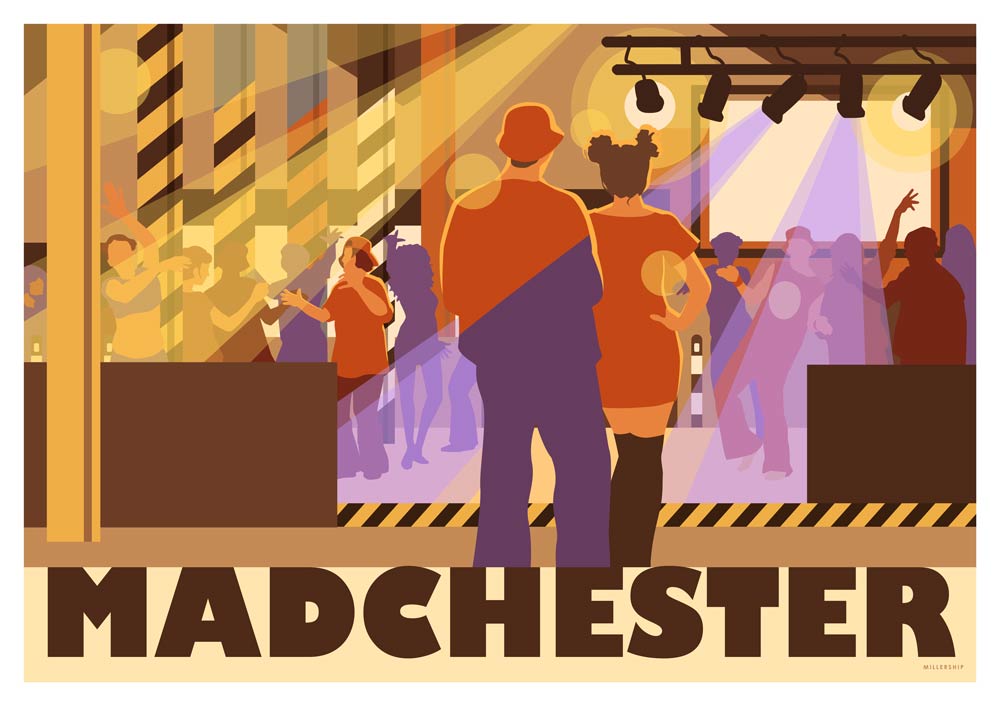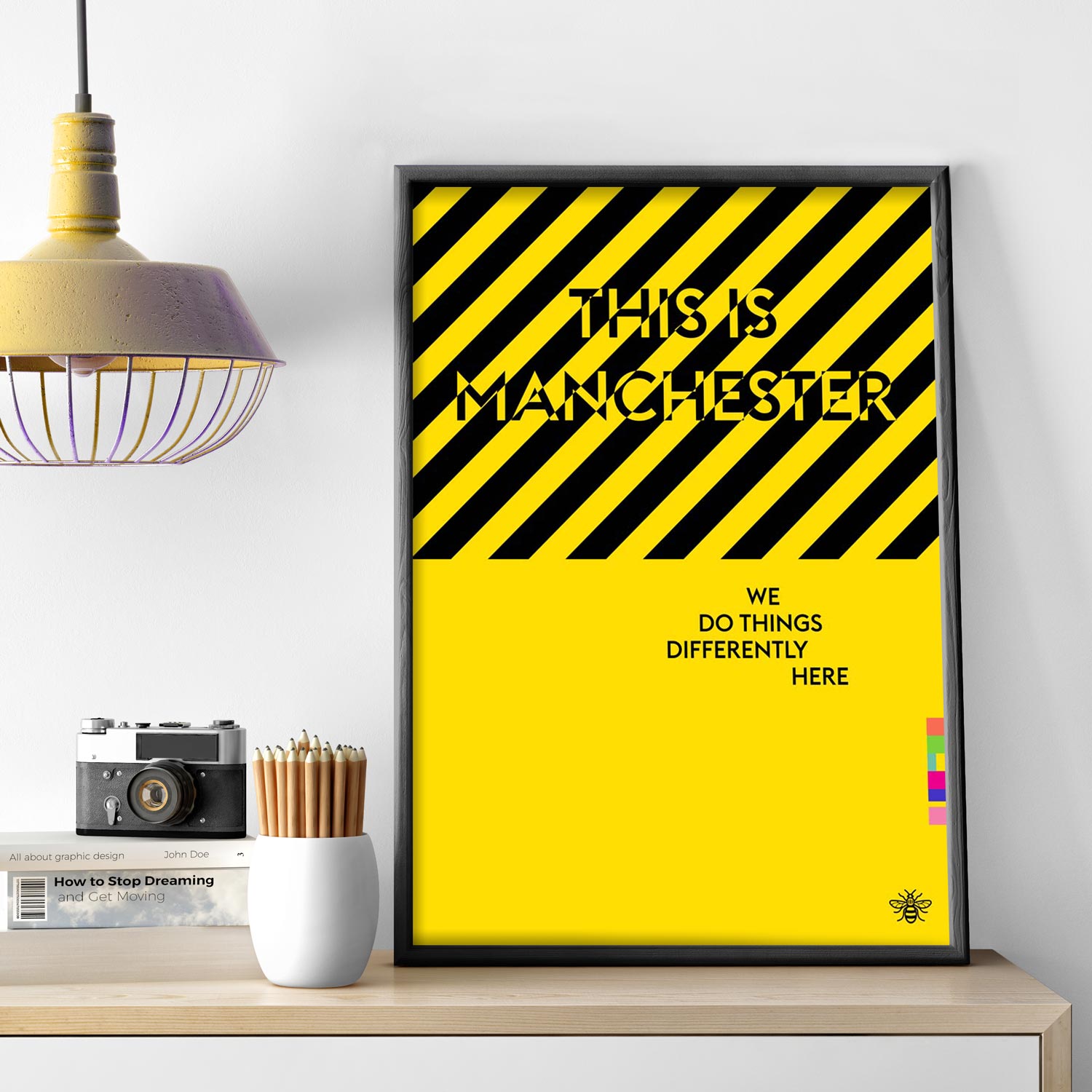Exploring the Rich Tapestry of Manchester's Long Art Scene

Nestled within the cultural heart of England, Manchester boasts a vibrant and multifaceted art scene that has flourished over centuries. From its industrial roots to its modern-day renaissance, the city has served as a melting pot of creativity, nurturing artists, musicians, and visionaries who have left an indelible mark on the world of art. In this article, we embark on a journey through Manchester's long art scene, tracing its evolution and celebrating its enduring legacy.
Industrial Roots: From Cotton Mills to Creative Hubs
Manchester's art scene has deep roots that can be traced back to its days as the epicentre of the Industrial Revolution. In the 19th century, the city thrived as a textile manufacturing powerhouse, with cotton mills dominating its skyline. Amidst the clatter of machinery and the hustle of industrial life, artists found inspiration in the raw energy of the city. Painters like L. S. Lowry captured the stark beauty of Manchester's industrial landscape, immortalising scenes of factories, mills, and bustling streets.
The Birth of a Movement: The Manchester School of Art
As the 19th century progressed, Manchester's artistic community began to coalesce around institutions like the Manchester School of Art, founded in 1838. Here, aspiring artists honed their craft under the guidance of renowned mentors, contributing to the city's burgeoning cultural scene. The school's influence extended far beyond its walls, shaping the trajectory of British art and producing luminaries like Ford Madox Brown, a pivotal figure in the Pre-Raphaelite Brotherhood.
Rebellion and Revolution: The Madchester Era
In the late 20th century, Manchester experienced a cultural renaissance that reverberated across the globe. The city became synonymous with the "Madchester" movement, a heady fusion of indie rock, rave culture, and artistic experimentation. Iconic venues like The Haçienda emerged as crucibles of creativity, where musicians, artists, and enthusiasts converged to celebrate a newfound sense of freedom and expression. Bands like The Stone Roses and Oasis electrified audiences with their distinctive sound, while artists like Peter Saville pioneered innovative approaches to design and visual art.
A City Transformed: Contemporary Art in Manchester
Today, Manchester continues to evolve as a dynamic hub for contemporary art, embracing diversity and innovation in all its forms. Galleries such as the Whitworth Art Gallery and the Manchester Art Gallery showcase a diverse array of works, from traditional paintings to cutting-edge installations. Street art flourishes in neighbourhoods like the Northern Quarter, where vibrant murals adorn brick walls and alleyways, transforming urban landscapes into open-air galleries.
Looking to the Future: Manchester's Enduring Legacy
As we reflect on Manchester's long art scene, we are reminded of its enduring legacy and limitless potential. From its humble beginnings as an industrial powerhouse to its current status as a cultural capital, the city has continually reinvented itself while staying true to its roots. As new generations of artists and creatives emerge, Manchester remains a beacon of inspiration and possibility, inviting all who seek to explore the boundless horizons of artistic expression.
In conclusion, Manchester's long art scene is a testament to the power of creativity and community. Through triumphs and tribulations, the city has remained a fertile ground for artistic innovation, fostering a rich tapestry of talent and imagination. As we continue to chart the course of Manchester's artistic journey, let us celebrate its past, embrace its present, and eagerly anticipate the wonders that lie ahead.



